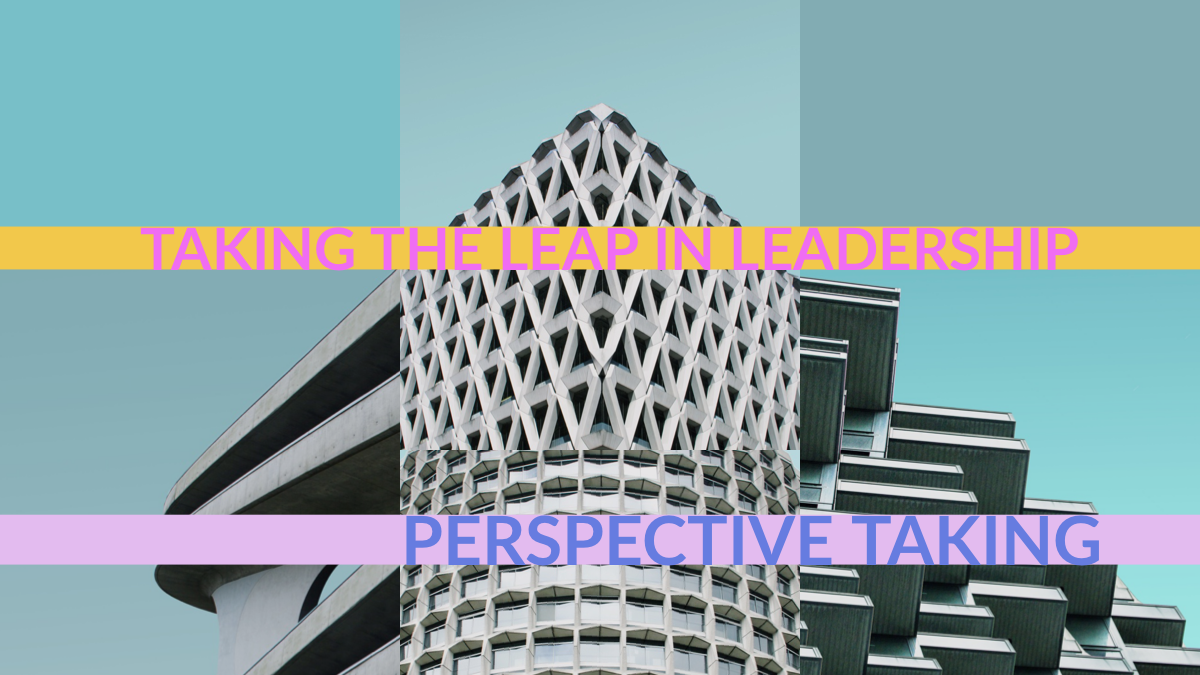In our hypercompetitive business environment, which seemly becomes more challenging by the day, we need to diversify our teams with various experiences and educational backgrounds to be able to fuel innovation. Even with diversified groups, there is an issue called the differentiation-integration paradox. The problem is that even with diversified teams which generate an increased level of original ideas, it also raises the issues of being dissatisfied, and having members of the team not fully embracing others’ opinions. By not being able to understand someone else’s perspective inhibits the effectiveness of integration and limits feedback from others.
The act of imagining another person’s viewpoint by walking in their shoes provides a visual of their thoughts, motivations, intentions, and emotions. As a leader, you also take a leap into active cognitive processes that allow you also to represent the perspectives of your supervisors, coworkers, and clients. This approach is called, perspective-taking, and it will enable you to step away from your internal environment of emotions and bias.
Perspective-taking helps in reducing egocentric thinking while improving the ability to seek out much-needed information. By stepping away from your mental routine gives way towards considering alternative viewpoints.
In leadership, working on perspective-taking can help in understanding one’s lack of awareness in their performance. In other words, perspective-taking allows for a reconciliation of the internal self-focused view of performance. Having a healthy level of self-efficacy through accomplishments allows for perspective-taking to better recognize one’s awareness in other aspects of their life, beyond performance. This breakthrough gives way towards understanding the value of feedback from your peers and others.
There is empirical research that suggests that executives who practice perspective-taking engage in seeking other viewpoints to find additional information as compared with other executives who do not practice perspective-taking. The combination of having high levels of self-efficacy while practicing perspective-taking provides an opportunity to increase information intake through feedback. Perspective-taking can also be leveraged in further understanding cultural differences aimed at deciphering the frame of reference and interpretive aspects of another’s cultural lens.
How do we practice and strengthen our self-awareness towards perspective-taking?
To be self-aware requires a deeper understanding of one’s emotions, understanding your strengths while assessing areas of development. Being self-aware includes having emotional intelligence in demonstrating an authentic response towards understanding someone’s needs and situation. The degree in which a leader is self-aware allows them the aptitude to select a compelling answer in working with others.
Practicing self-awareness through various exercises, including active breathing and meditation, disrupts default thinking and enables more complex cognitive processing to breakthrough. Being self-aware and practicing perspective thinking allows individuals to recognize bias in their thinking and increase the perceived value of gaining a different perspective from someone else.
Perspective-taking, while being self-aware, enables the leader to be more understanding of their values and the experiences that shape their lives. By taking in these various perspectives through feedback, the leader will be able to establish an overarching purpose towards their work while serving the needs of others as an ongoing motivation towards their priorities.


